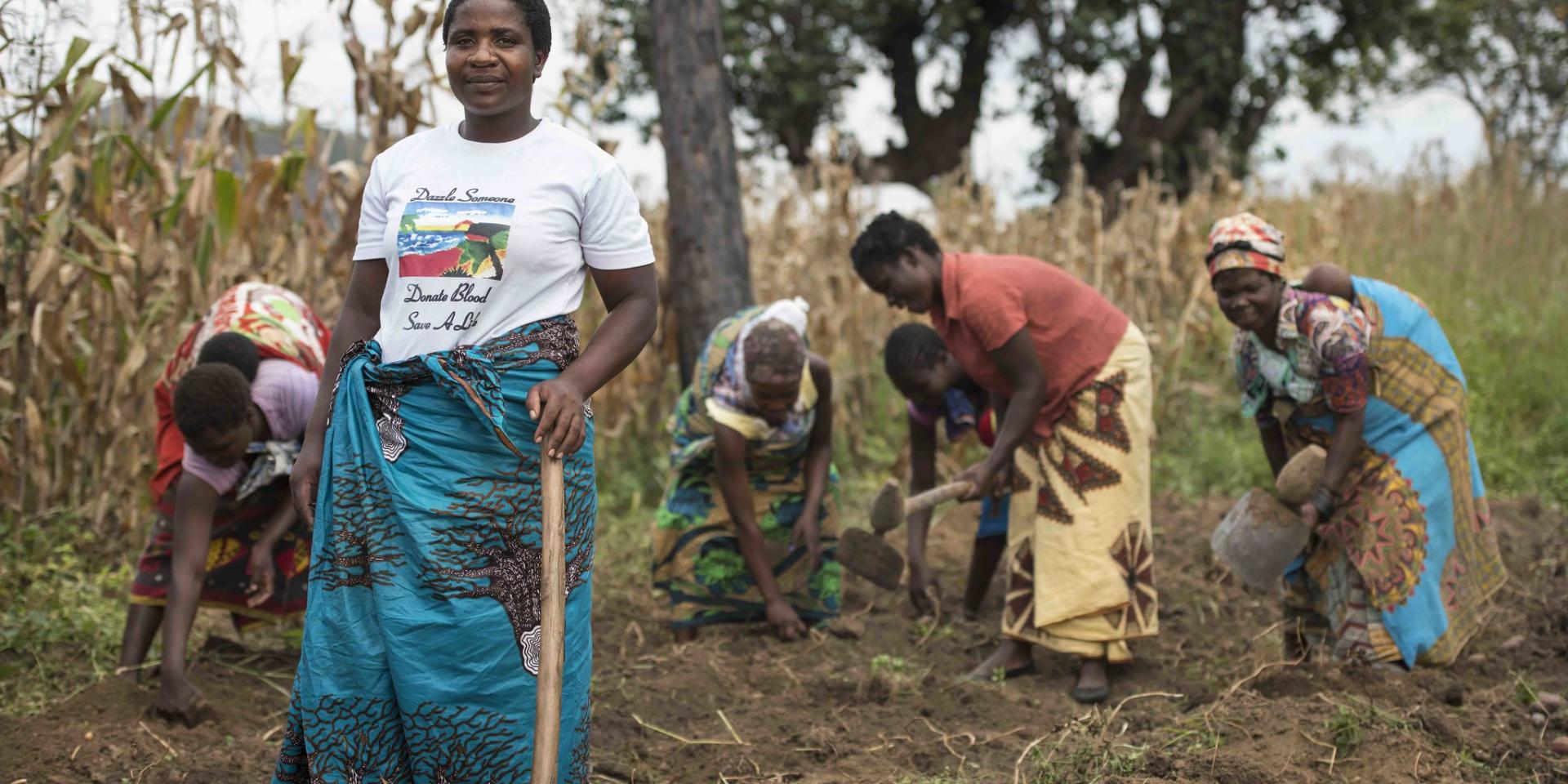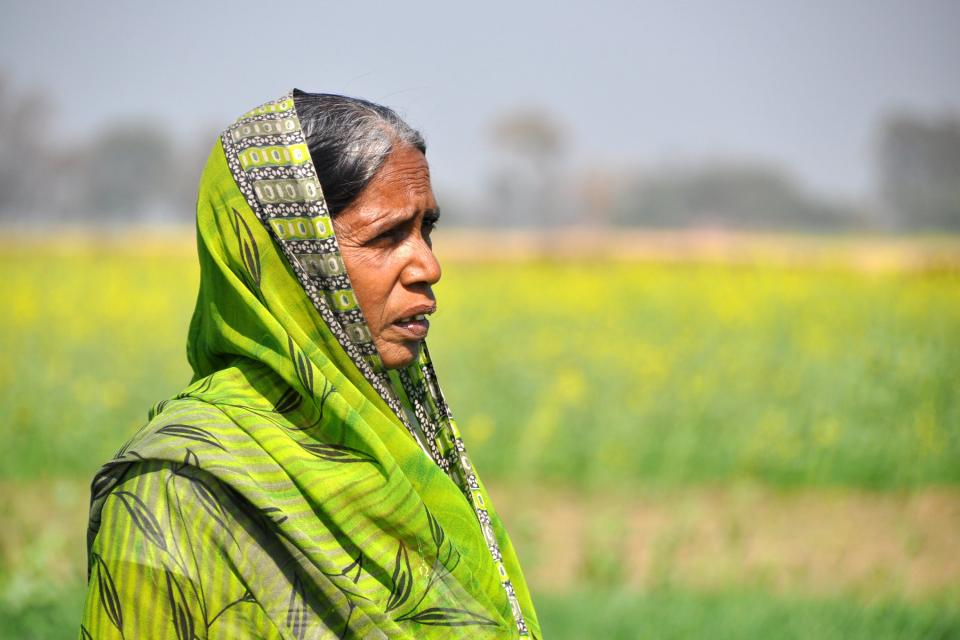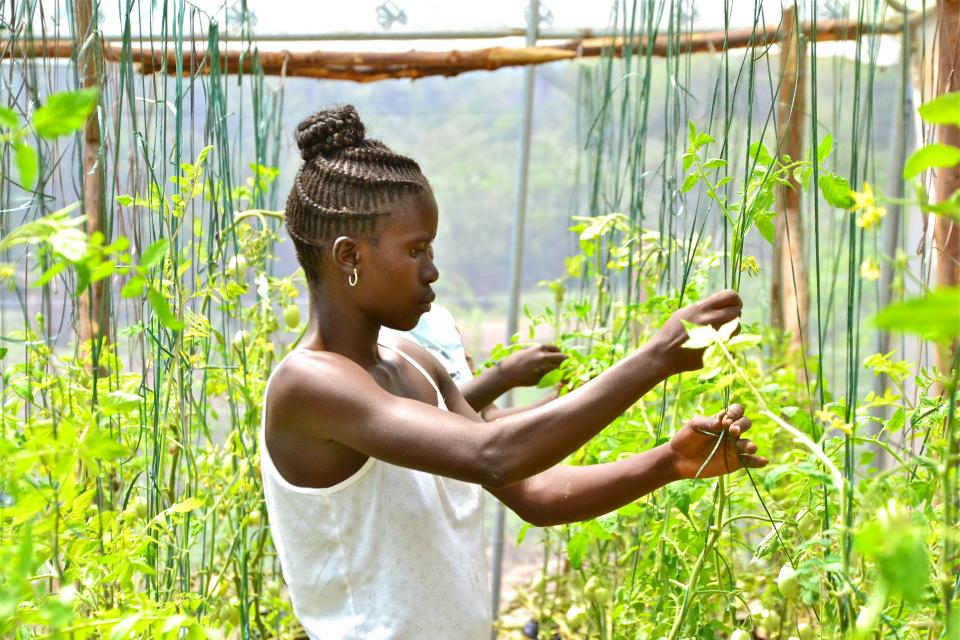Investing in rural women farmers narrows the gender gap in agriculture
 Photo: CIP
Photo: CIP
The glaring inequality between men and women farmers in the African agricultural sector is alarming evidence that calls for fair, inclusive and sustainable development. Gender productivity gaps vary across and even within countries, but recent studies suggest that gender gaps are in the range of 10% to 30%.
Gender gap in agricultural productivity means that crop production is lower than its potential. Closing the gender gap in access to production capitals alone has been estimated to have the potential of lifting 100–150 million people out of hunger, thus resulting in benefits that spread far beyond female farmers.
Gender issues in agriculture including access to and control over resources continues to be the underlining factor widening the gap in production between male and female farmers in Africa. Much of the work women do as household providers and agricultural producers is unpaid, making their contribution essentially invisible. Women and female-headed households are disproportionately affected by economic recession and higher food prices and trade policies.
The crucial question becomes, how do women farmers involve in, equitably benefit from and contribute to agriculture development? We cannot overcome these challenges while age-old, ingrained ideas of gender roles deny women’s full participation in decision-making and social and economic development. The stage of intentions, promises and pious hopes should be over; we must now not only act but must all act targeted to challenge and combat gender inequality. Investing in women farmers significantly increases productivity, reduces hunger and nutrition, and improves rural livelihoods for both women and men, and the next generation, partly because women spend their money and their produce differently and save their income by investing in areas such as health, education, social assistance, and child nutrition.
The Persistence of Gender Inequality is the Reason why we should Challenge it
In order to understand why gender inequality, persist, we need to underscore what gender is. The word gender describes a social construct that ascribes roles, rules (norms), responsibilities, opportunities, power, behavior and what the society considers appropriate for men and women. Though fluid and context-specific, the construction of gender underlines the reason for the persistence of gender inequality experienced differently by men and women. Because gender construction is as old as the human race, so is gender inequality. We are all influenced by gender.
Gender norms (or rules) seem to influence what is appropriate to do in our society. Because of gender, girls and women often have lower social status, less access to resources that should naturally be given or used without applying the gender spectrum. These issues are at the core of the contemporary gender system, which systematically empowers one against the other, consequently producing a bidirectional relationship between gender inequality and development outcomes.


